The Battle Over Health Care
The Battle Over Health Care
What Obamas Reform Means for Americas Future
Rosemary Gibson and Janardan Prasad Singh
ROWMAN & LITTLEFIELD PUBLISHERS, INC.
Lanham Boulder New York Toronto Plymouth, UK
Published by Rowman & Littlefield Publishers, Inc.
A wholly owned subsidiary of The Rowman & Littlefield Publishing Group, Inc.
4501 Forbes Boulevard, Suite 200, Lanham, Maryland 20706
http://www.rowmanlittlefield.com
Estover Road, Plymouth PL6 7PY, United Kingdom
Distributed by National Book Network
Copyright 2012 by Rowman & Littlefield Publishers, Inc.
All rights reserved. No part of this book may be reproduced in any form or by any electronic or mechanical means, including information storage and retrieval systems, without written permission from the publisher, except by a reviewer who may quote passages in a review.
British Library Cataloguing in Publication Information Available
Library of Congress Cataloging-in-Publication Data
Gibson, Rosemary, 1956
The battle over health care : what Obamas reform means for Americas future / Rosemary Gibson & Janardan Prasad Singh.
p. ; cm.
Includes bibliographical references and index.
ISBN 978-1-4422-1449-1 (cloth : alk. paper) ISBN 978-1-4422-1451-4 (electronic)
I. Singh, Janardan Prasad, 1960- II. Title.
[DNLM: 1. Health Care ReformUnited States. 2. Delivery of Health CareeconomicsUnited States. 3. Delivery of Health Carelegislation & jurisprudenceUnited States. 4. Health PolicyUnited States. 5. Insurance, Healthlegislation & jurisprudenceUnited States. 6. PoliticsUnited States. WA 540 AA1]
LC classification not assigned
362.1'04250973dc23 2011030065
 The paper used in this publication meets the minimum requirements of American National Standard for Information SciencesPermanence of Paper for Printed Library Materials, ANSI/NISO Z39.48-1992.
The paper used in this publication meets the minimum requirements of American National Standard for Information SciencesPermanence of Paper for Printed Library Materials, ANSI/NISO Z39.48-1992.
Printed in the United States of America
Acknowledgments
T his book is a culmination of more than thirty years of observing and working in health care at a public-policy think tank, a university, a state legislature, and a philanthropic foundation. It was shaped by the confluence of experiences of colleagues and friends who are doctors, nurses, economists, leaders of health care organizations, and policy makers who strive to make health care better. Most important of all, it was informed by the experiences of people who have been patients. They were our compass, our true north, as we waded through the health care reform legislation and analyzed its impact.
We extend our heartfelt appreciation to leaders around the country who are an integral part of the Consumers Union Safe Patient Project. They are an enormous inspiration to us and a constant reminder of what health care is really all about. We are thankful to colleagues at the American Board of Internal Medicine Foundation who have stimulated a critical dialogue among physician leaders about the wise use of health care resources. The foundations work reinforces our belief that it is possible to have great health care in America and be good stewards of resources. We are indebted to Dr. Larry Jassie, who patiently reviewed the manuscript and provided immensely valuable insights. We especially want to thank Sarveshwari Singh, who helped us research information about the health care reform law.
We will always be grateful to Marcus Boggs at Rowman & Littlefield for valuing independent thought and writing that serves the public interest. Our thoroughly enjoyable conversations have made the preparation of this book a distinct pleasure. Suzanne Staszak-Silva provided wonderfully wise counsel as she kindly guided us along the way. Melissa McNitt was eminently gracious as the manuscript was transformed into a book.
Finally, we are grateful beyond words to the one who made the writing of this book and everything else possible.
Introduction: The Politics of Appeasement
W e write this introduction as the battle over health care is being waged at a feverish pitch on Capitol Hill in Washington, DC. Members of Congress and President Barack Obama continue to grapple with how to cut federal spending and get the countrys fiscal affairs on a sustainable path. Health care is at the crux of the debate. The promises made to the American people to ensure their health care security are beyond the capacity of the federal government to keep. This is not a Democrat or Republican stance. Its simple math, and it was true even before the landmark Patient Protection and Affordable Care Act was signed into law by President Obama on March 23, 2010.
As an unprecedented heat wave gripped the nation in 2011, politics reached a boiling point over raising the federal governments debt ceiling. Congress and the president acted to prevent the unthinkable: a default by the government on its debt. None of the sound and fury was enough to stop Standard & Poors from reducing the countrys credit rating, the same rating agency that failed to do its job and warn investors of the worthless mortgage-backed securities that triggered the Great Recession in 2008. The summer of discontent turned into a winter whose Cold Warlike tensions have split Democrats and Republicans battling for control of the White House and Congress in the 2012 elections.
Health care reform was born in the middle of the Great Recession. Its future depends on the outcome of the 2012 elections, the US Supreme Courts stance on the constitutionality of the individual mandate, and the court of public opinion. One thing is certain. The countrys ability to pay its bills will determine the fate of health care reform for decades to come.
In this context, we examine the Patient Protection and Affordable Care Act, the most sweeping overhaul of the US health care system. Not since 1965, when Medicare was created, has the country witnessed such a profound shift in how Americans will receive and pay for health care.
It was a moment that was as historic as it was divisive. Since the time of President Franklin Roosevelt, American presidents have tried to protect people from the unexpected cost of illness. Health care debates have always been fraught with discord, and this time was no different. The law is heralded by supporters as a grand achievement. Opponents disdain it.
The law sought to narrow a chasm in American society into which millions of people have fallen. There is nothing worse than to have a serious illness and lie awake at night knowing that treatment is out of reach because it costs too much.
The law reins in unbridled health insurance companies whose egregious practices have become legendary. No longer will the sick forgo the medical care needed to thwart life-threatening disease for want of the ability to pay.
This book does not examine the political tangles of the debate. Nor does it chronicle the implementation of the law. We take a long-term view and ask what health care reform means for Americas future. To answer this question, we look at health care not in its own silo but as part of the economic life of the nation.
In part 1, we begin by dissecting how the deals were made between the Obama administration and the health care industry. In a speech at George Mason University in Fairfax, Virginia, a few days before the vote on health care reform, President Obama asked the assembled crowd, Are we going to let the special interests win once again? Or are we going to make this vote a victory for the American people? We trace highlights of the deals with each of the key industry playersthe health insurance companies, drug makers, hospitals, and doctors. We assess what was won and what was lost when the spoils were divided on the political battlefield where more than 4,500 lobbyists roamed Capitol Hill and about a billion dollars was spent to influence the legislation. The sweeping overhaul did not solve the root cause of the problem with Americas health care: the unfettered power of the medical-industrial complex that has made health care unaffordable for the American people and its government. We describe the deal that Americans should have gotten but didnt. The Obama administration played the politics of appeasement, the path of least resistance. The same people who have made health care unaffordable, wasteful, and too often harmful were rewarded with an even larger canvas on which to paint Americans health care future. In the end, with the stroke of a pen, health care reform merely shifts the risk of bankruptcy of individuals and families to the bankruptcy of the federal government.

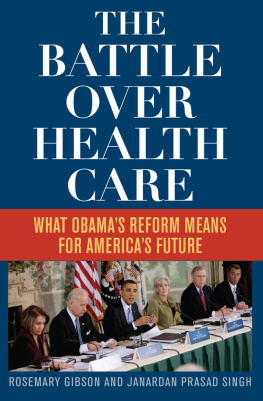

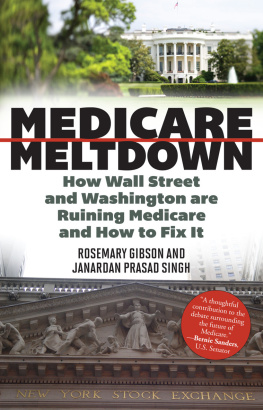

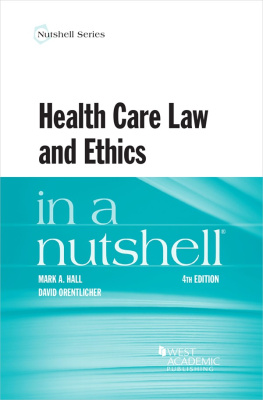
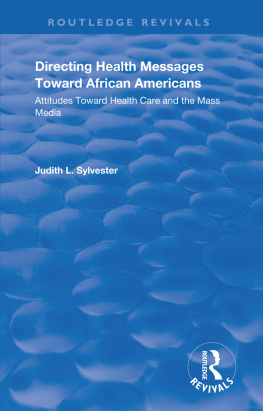
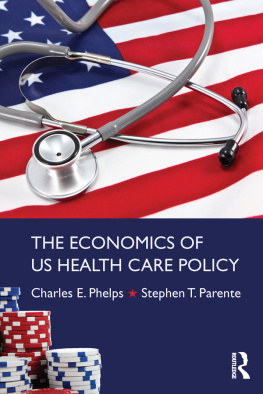
 The paper used in this publication meets the minimum requirements of American National Standard for Information SciencesPermanence of Paper for Printed Library Materials, ANSI/NISO Z39.48-1992.
The paper used in this publication meets the minimum requirements of American National Standard for Information SciencesPermanence of Paper for Printed Library Materials, ANSI/NISO Z39.48-1992.